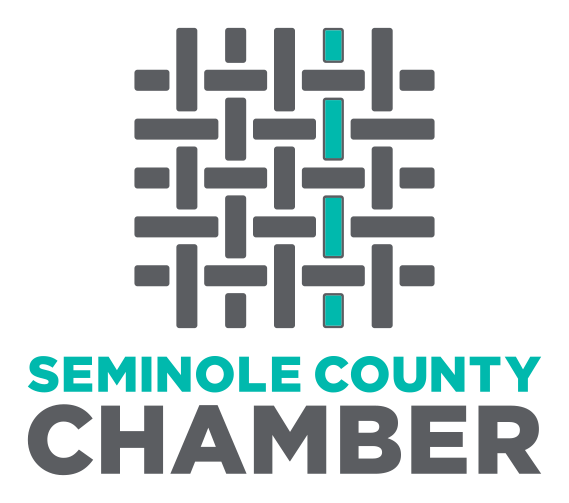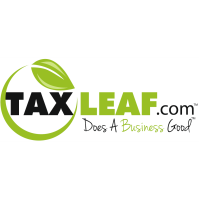As the year draws to a close, business owners should take the time to review their financial standing and implement strategic moves to optimize their tax position. Proper year-end tax planning can help minimize liabilities, maximize deductions, and ensure you start the next fiscal year in good shape.
In this article, we’ll explore key strategies that every business owner should consider to prepare for tax season effectively. For additional insight into how your business structure impacts your tax strategy, be sure to read our guide on tax structure advantages.
1. Organize Your Financial Records
One of the first steps in year-end tax planning is ensuring your financial records are accurate and up to date. Whether you use accounting software or work with an accountant, having clear and organized records of your income, expenses, and deductions is essential.
Key Actions:
- Review income statements: Ensure all income has been properly recorded, including revenue from sales, services, and investments.
- Reconcile bank accounts: Double-check that your bank account balances match your accounting records.
- Document expenses: Ensure all business expenses are well-documented with receipts and invoices.
- Organize receipts: Keep all receipts and records that support your deductions in one place, either digitally or physically.
Being organized now will help you avoid errors, ensure compliance, and streamline the tax filing process.
2. Maximize Deductions
Taking full advantage of available tax deductions is one of the best ways to reduce your tax burden. Year-end is the perfect time to review your expenses and identify deductions that can lower your taxable income.
Common Deduction Categories:
- Office supplies and equipment: Purchases like computers, furniture, and office supplies made before year-end may be deductible.
- Vehicle expenses: If you use a vehicle for business, mileage, gas, and maintenance costs can be deducted.
- Home office deduction: If you work from home, you may qualify for a home office deduction, covering a portion of your rent, utilities, and other related expenses.
- Employee wages and benefits: Salaries, bonuses, and benefits like health insurance and retirement contributions are deductible.
- Business travel and meals: Costs related to business travel or meals with clients may also be partially deductible.
Actionable Tip:
Consider making necessary business purchases before year-end to take advantage of additional deductions for this tax year.
3. Depreciation and Section 179 Deductions
If your business has invested in property, equipment, or vehicles, you may be eligible for depreciation deductions or Section 179 benefits. These allow you to recover the cost of assets over time or deduct their full cost immediately.
Depreciation:
Depreciation allows businesses to spread the cost of a business asset (such as machinery or computers) over several years.
Section 179:
Section 179 allows businesses to deduct the full cost of eligible property or equipment in the year of purchase, rather than over several years. This can be particularly advantageous for businesses looking for immediate tax relief.
Actionable Tip:
If you’re considering purchasing new business equipment or property, doing so before year-end can enable you to take advantage of these deductions now rather than later.
4. Plan for Retirement Contributions
Making contributions to retirement accounts before year-end is a smart tax-saving strategy. It helps you lower your taxable income while ensuring your future financial security.
Common Retirement Plans:
- SEP IRA: Ideal for self-employed individuals and small businesses, offering higher contribution limits.
- Solo 401(k): For self-employed individuals without employees, this plan allows for larger contributions.
- SIMPLE IRA: A plan where both employer and employee can contribute, and employer contributions are deductible.
Actionable Tip:
Max out your retirement contributions before year-end to reduce your taxable income while preparing for retirement.
5. Consider Deferring Income
If your business has had a particularly successful year and you expect to be in a lower tax bracket next year, consider deferring income. By pushing income into January, you can lower your taxable income for the current year.
How It Works:
Delay sending invoices or collecting payments until after the start of the new year. This will push the income into the next fiscal year, potentially lowering your current tax liability.
Actionable Tip:
Consult with your accountant to determine if deferring income is the right strategy for your business.
6. Pay Estimated Taxes
If your business operates as a pass-through entity or you're self-employed, you may be required to make estimated tax payments throughout the year. Now is the time to check if you’ve paid enough to avoid penalties.
Actionable Tip:
Review your total income for the year and make a final estimated tax payment if necessary to avoid potential penalties from underpayment.
Conclusion: Be Proactive with Year-End Tax Planning
By taking proactive steps now, you can minimize your tax burden and ensure a smoother filing process next year. Whether it’s organizing financial records, maximizing deductions, or deferring income, each strategy plays a role in optimizing your business’s tax position.
For more insights into how your business structure affects tax strategy, be sure to check out our detailed guide on tax structure advantages. If you’re ready to take action or need personalized tax advice, contact TaxLeaf for a free 30-minute consultation.
Contact us at 407-212-7292 or email lakemary@taxleaf.com to schedule your consultation today.



